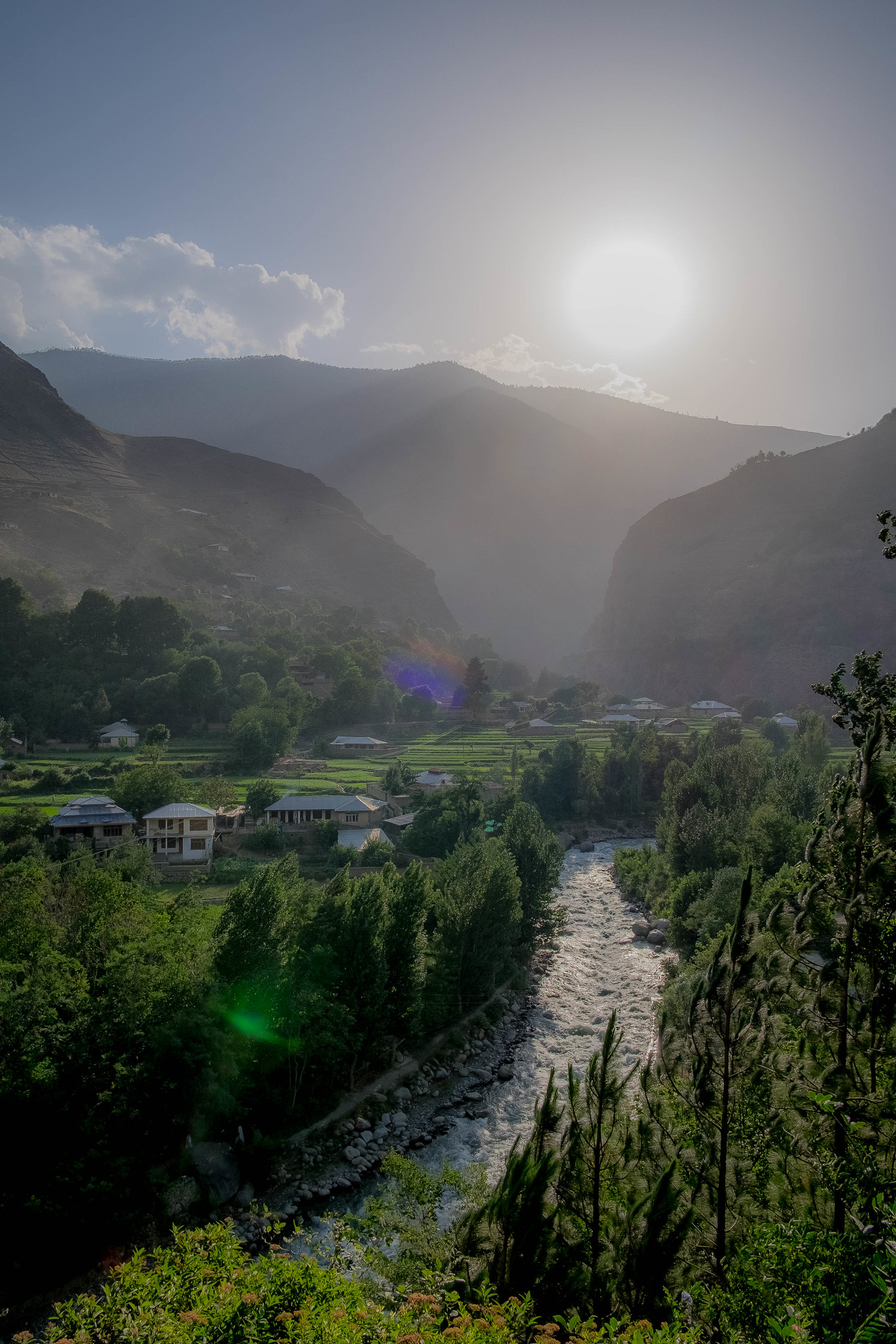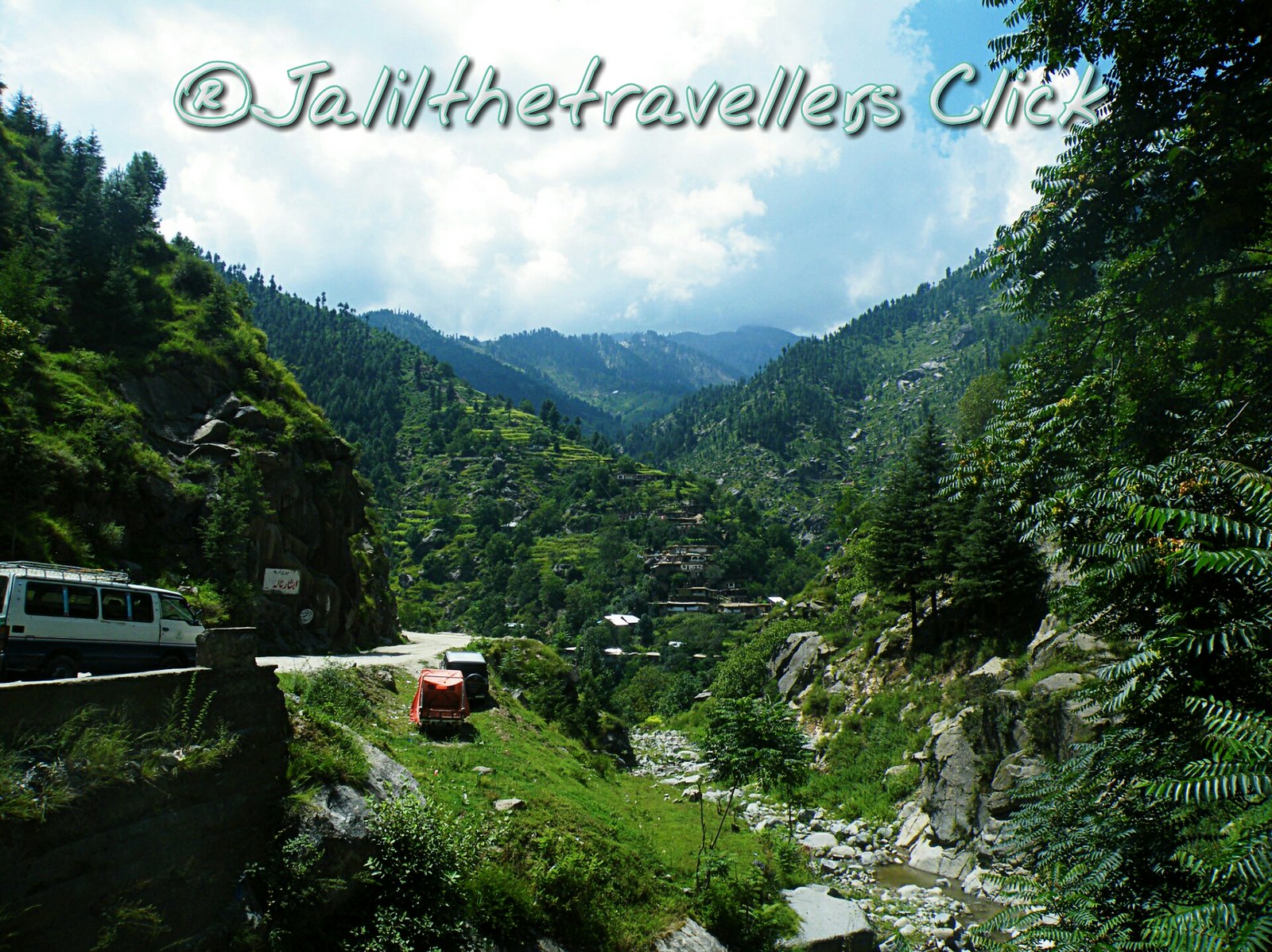Marwat Khan Lodhi
BANNED

- Joined
- Jun 23, 2010
- Messages
- 5,341
- Reaction score
- -29
- Country
- Location
History of Chitral from wiki
"Chitral was a Hindu country before the extension of Islam, and traces of Buddhism are also found.[7]
A British garrison, sent from Gilgit to oversee the smooth transition of power to the heir apparent after a ruler was murdered, was besieged in Chitral Fort for over a month in 1895.[8] Frontier corps public school Drosh $ Chitral also working in chitral since 1992."
Who hindu nutter wrote that? Hindu country?
Actually a pagan religion which is called "kafir".
the Chitral Valley is the historic home to two main ethnic groups, Ancient Chitralis and the Kalasha.
Ancient Chitralis, called Kho, probably came from what is now northeastern Afghanistan. Local legends recall a golden age around the 8th century under a semimythical Buddhist king called Bahman, at around the same time a Chinese army temporarily occupied the valley. Smaller numbers of Kalasha have simultaneously occupied several small valleys, stretching into Afghanistan, where they followed their own religion and claimed to be descendants of Alexander the Great’s armies. Although Tamerlane subdued Chitral en route to Punjab in 1398, even he took a beating from the tough Kalasha.
The end of the 19th century was the time of biggest change for Chitral, as the region was swept up in the Great Game. The Afghan Kalasha were converted to Islam by swordpoint in 1893, and their homeland’s name changed from Kafiristan (‘Land of the Infidels’
 to Nuristan (‘Land of Light’
to Nuristan (‘Land of Light’ . Simultaneously, the death of Chitral’s first mehtar (prince) sparked a particularly bloody fight for succession that eventually drew in the expanding British empire. Afzal ul-Mulk (son of the first mehtar) seized the throne and set about picking off his siblings in an age-old tradition of consolidating power. As various brothers either fled to Gilgit or sent rival forces from exile in Afghanistan, the British manoeuvred Afzal’s brother Nizam into power, only to see him bumped off by yet another relative. Deciding enough was enough, a detachment of 400 British soldiers was sent to occupy Chitral fort (the mehtar’s ancestral home), put a 12-year-old ul-Mulk on the throne and attempt to take charge.
. Simultaneously, the death of Chitral’s first mehtar (prince) sparked a particularly bloody fight for succession that eventually drew in the expanding British empire. Afzal ul-Mulk (son of the first mehtar) seized the throne and set about picking off his siblings in an age-old tradition of consolidating power. As various brothers either fled to Gilgit or sent rival forces from exile in Afghanistan, the British manoeuvred Afzal’s brother Nizam into power, only to see him bumped off by yet another relative. Deciding enough was enough, a detachment of 400 British soldiers was sent to occupy Chitral fort (the mehtar’s ancestral home), put a 12-year-old ul-Mulk on the throne and attempt to take charge.This at least unified the Chitralis, who immediately laid siege to the interfering British. Now in a tight spot, the garrison was eventually relieved after seven weeks when a relief force from Gilgit hauled cannons over the Shandur Pass in shoulder-high snow. This epic trek allowed the British to draw attention away from their badly handled interference and celebrate a heroic campaign of empire *instead, with medals and knighthoods for all.
Following this debacle, Chitral was left largely to its own devices, although it was transferred in the early 20th century from Gilgit to the newly formed NWFP. Princely privileges continued well past Pakistan’s independence, until being formally abolished in 1972, although the ul-Mulk family still hold much sway politically. The local passes were favoured smuggling routes for mujaheddin fighting the Soviets during the war in the 1980s, and the sensitive Afghan border means that the central government still keeps a fairly close eye on Chitral.
Read more: History of Chitral District - Lonely Planet Travel Information



























